Who doesn’t love a good story about valuable diamonds becoming lost to the world? While many diamonds are cherished heirlooms or symbols of romance, some have gone missing, often under mysterious or dramatic circumstances. Below, we’ll take a look at some of the most famous lost – or possibly lost – diamonds, and some of the legends and mysteries that surround them.
Diamonds and gemstones have long been a sign of wealth, so it comes as no surprise that they were often displayed in regal jewelry for European monarchs over the millennia. And with monarchies come stories of revolution (probably most notably the French Revolution in the examples below), which corresponds to turbulent times, wealth redistributions, and of course – stolen and disappearing diamonds.
As I’m writing this from a quaint town in Northern Italy, I can’t help but wonder if amazing relics of the past or special jewelry and diamonds are hidden away in the historic hills that surround me. If they’re around, they’re smart enough not to wander around with a gaudy diamond hanging from their neck.
Anyway, let’s take a look at some of the most famous missing diamonds, or possibly missing diamonds. It’s tough to know for sure, since creating reproductions of diamonds in the lab isn’t very hard these days.
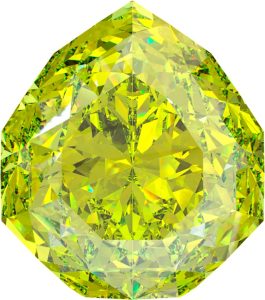
1. The Florentine Diamond / The Tuscan
The Florentine Diamond, also known as the Tuscan, is a magnificent yellow diamond of approximately 137 carats. Its origins trace back to the Medici family in Italy, where it was reputed to have been cut by the legendary gem cutter Pompeo Studentoli. The diamond eventually made its way to the Austrian Crown Jewels through a series of royal marriages. It was prominently displayed as part of the Habsburg imperial regalia, often admired for its exquisite craftsmanship and striking canary-yellow hue.
During World War I, the Florentine Diamond was taken to Switzerland by the Habsburg family to protect it from the tumultuous political climate. However, after the fall of the Austro-Hungarian Empire, the diamond mysteriously disappeared. Some believe it was stolen during the chaos of war, while others speculate it was sold by the Habsburgs in secret to sustain their lives in exile. Despite numerous investigations and rumors, the Florentine Diamond has never been recovered, and its current location remains one of the greatest mysteries in the world of precious gems.
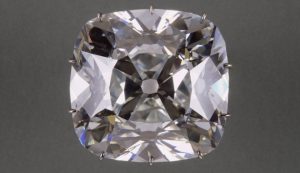
2. The Regent Diamond
The Regent Diamond, originally weighing 410 carats, was discovered in the Kollur Mine in India in 1698. Its remarkable clarity and size made it one of the most celebrated diamonds of its time. Thomas Pitt, the British governor of Madras, acquired the diamond and had it cut into a 141-carat cushion brilliant, enhancing its allure. The gem became known as the “Pitt Diamond” and was later sold to the French Regent Philippe II, Duc d’Orléans, hence acquiring its name.
The Regent Diamond was set in the French Crown Jewels and adorned the crowns of several French monarchs. During the French Revolution, the diamond was stolen but was later recovered and returned to France. It was famously set in the hilt of Napoleon Bonaparte’s sword, symbolizing his imperial power. The diamond is currently displayed in the Louvre Museum, yet persistent rumors suggest that the exhibited gem might be a replica. The original Regent Diamond’s fate, according to some, remains a tantalizing mystery.
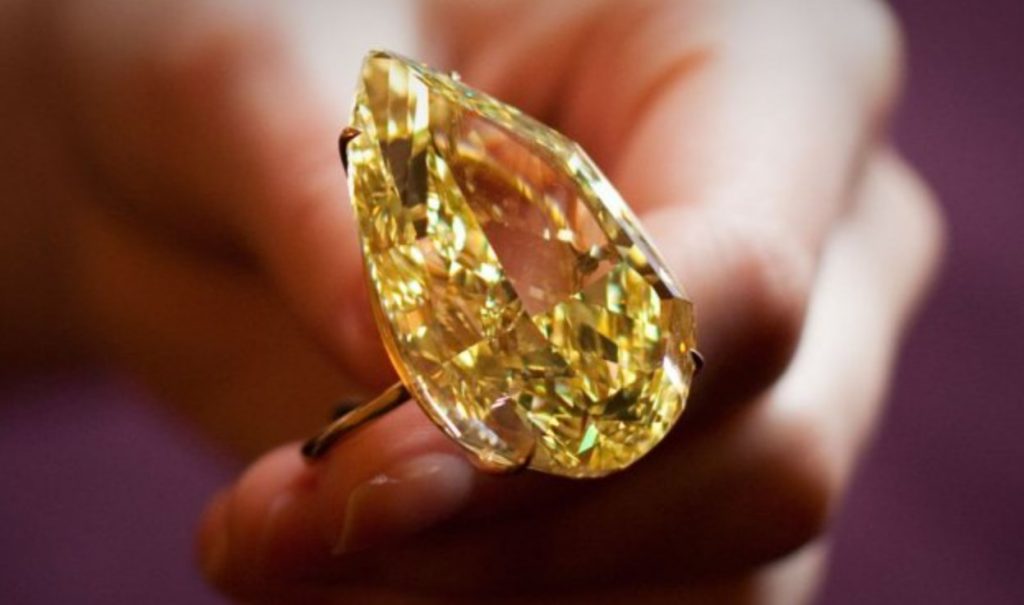
3. The Sancy Diamond
The Sancy Diamond is a pale yellow, shield-shaped gem weighing about 55 carats. Its history dates back to the late 15th century when it was owned by Charles the Bold, Duke of Burgundy. After his death, the diamond disappeared, only to resurface in the hands of various European monarchs. It was owned by King James I of England and later by King Louis XIV of France. The diamond was part of the French Crown Jewels until it vanished during the French Revolution.
In the 19th century, the Sancy Diamond reappeared and was sold to different collectors before making its way to the Louvre Museum, where it is currently displayed. However, its journey between these periods is shrouded in mystery. Some speculate that the diamond was recut or hidden to avoid theft. Despite being on public display now, the Sancy Diamond’s enigmatic past continues to fascinate historians and gem enthusiasts alike.
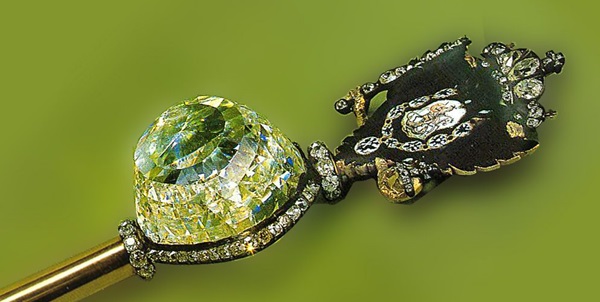
4. The Orlov Diamond
The Orlov Diamond, weighing approximately 189 carats, is believed to have originated from India and was part of the idol of a Hindu temple. According to legend, a French soldier disguised himself as a devotee and stole the diamond. It eventually made its way to Count Grigory Orlov, who gifted it to Empress Catherine the Great of Russia in an attempt to win back her favor. The diamond was set in the Imperial Sceptre and became part of the Russian Crown Jewels (which you can see pictured above).
Despite its current display in the Kremlin, the Orlov Diamond’s history is rife with intrigue and speculation. Some conspiracy theories suggest that the diamond on display is a replica, with the original having been stolen or lost during the Russian Revolution. The true fate of the Orlov Diamond remains uncertain, adding to its legendary status among the world’s most famous gems.
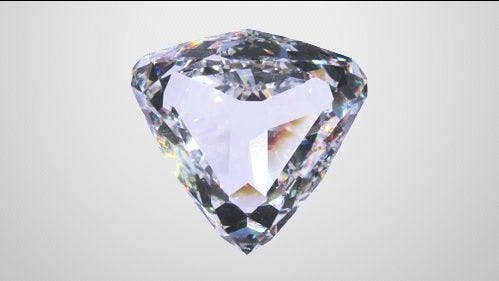
5. The Nassak Diamond
The Nassak Diamond, originally a large 90-carat blue-white diamond, was discovered in the 15th century in India. It was initially installed as an eye in the statue of the Hindu god Shiva in the temple of Nassak. The diamond was seized by the British during the Third Anglo-Maratha War and was eventually sold to British jeweler Rundell and Bridge. It was recut and changed hands multiple times, making its way to the United States.
In 1970, the Nassak Diamond was auctioned at Sotheby’s, after which it disappeared from public view. Its current whereabouts are unknown, sparking speculation that it was either sold privately or stolen. The Nassak Diamond’s storied past and uncertain fate make it one of the modern era’s most enigmatic lost diamonds, continuing to intrigue gemologists and collectors alike.
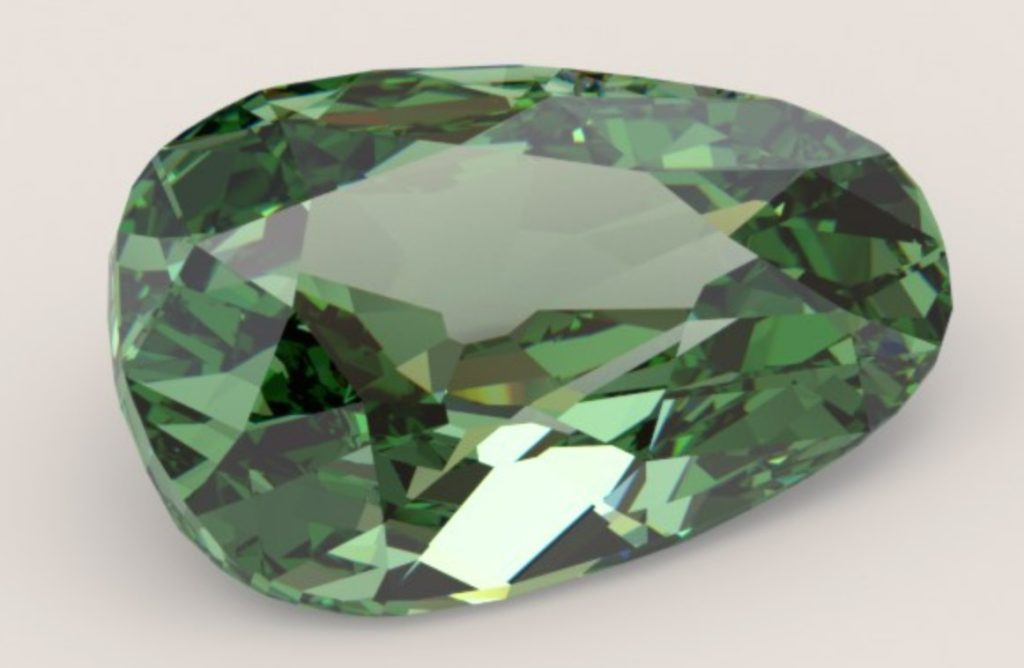
6. The Dresden Green Diamond
The Dresden Green Diamond is one of the rarest diamonds in the world due to its unique green color, caused by natural radiation exposure. Weighing around 41 carats, it was discovered in India and purchased by Friedrich Augustus II of Saxony. The diamond was displayed in the Green Vaults of Dresden, Germany, and became a symbol of the state’s wealth and prestige.
During World War II, the diamond was hidden to protect it from bombing raids, but it was stolen in 1945. Despite extensive searches and investigations, the Dresden Green Diamond has not been recovered. Its theft remains one of the most significant unsolved crimes in the world of precious gems. The diamond’s unique color and historical significance add to the allure and mystery of its disappearance.
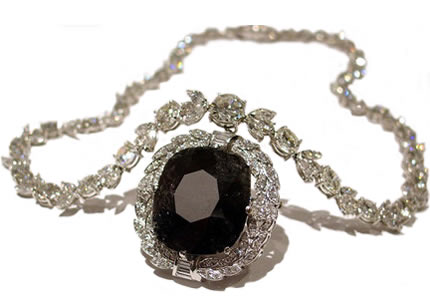
7. The Black Orlov Diamond
The Black Orlov, also known as the Eye of Brahma, is a 67.5-carat black diamond with a dark history. According to legend, the diamond was stolen from a Hindu shrine, bringing a curse upon its owners. The curse is said to have caused multiple deaths, including suicides of two former owners who leaped to their deaths from buildings. To break the curse, the diamond was recut into smaller pieces.
Despite the recutting, the original large stone is lost, with only the smaller recut pieces surviving. The diamond’s dark history and the curse associated with it have made it a subject of fascination and fear. The Black Orlov’s tale is a reminder of the superstitions and legends that often surround precious gems, adding a layer of mystique to its already captivating story.
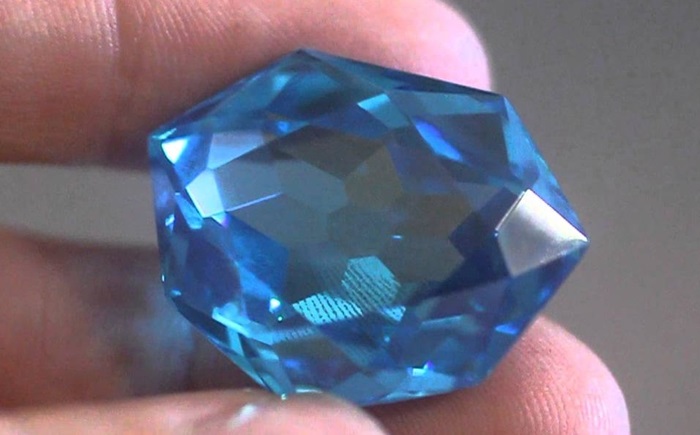
8. The French Blue
The Blue Diamond of the Crown, also known as the French Blue, was part of the French Crown Jewels. This 69-carat blue diamond was looted during the French Revolution and disappeared. Some believe it was recut and resurfaced as the Hope Diamond, which is currently housed in the Smithsonian Institution. The Hope Diamond’s deep blue color and remarkable clarity have led many to believe it is indeed the recut French Blue.
However, the original French Blue itself remains missing, enveloped in layers of mystery and speculation. Its theft during one of the most turbulent times in French history adds to its legendary status. The tale of the French Blue highlights the dramatic and often perilous journeys that some of the world’s most famous diamonds have undergone.
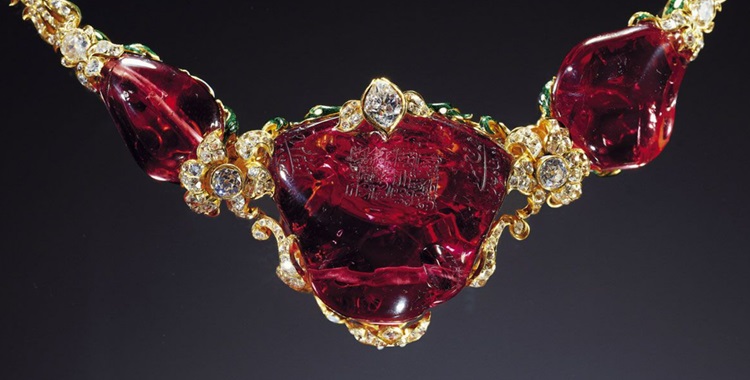
9. The Black Prince’s Ruby
The Imperial State Crown of England contains a gemstone known as the Black Prince’s Ruby, which is actually a red spinel. Historically, it has been associated with a large diamond that disappeared centuries ago. The Black Prince’s Ruby has a storied history, having been worn by various English monarchs and playing a significant role in the coronation regalia.
The true identity and current location of the large diamond associated with the Black Prince’s Ruby are unknown, with the red spinel standing in its place amidst numerous myths and legends. The story of the Black Prince’s Ruby and the missing diamond intertwines with the history of the British monarchy, adding a layer of intrigue to the crown’s legacy.
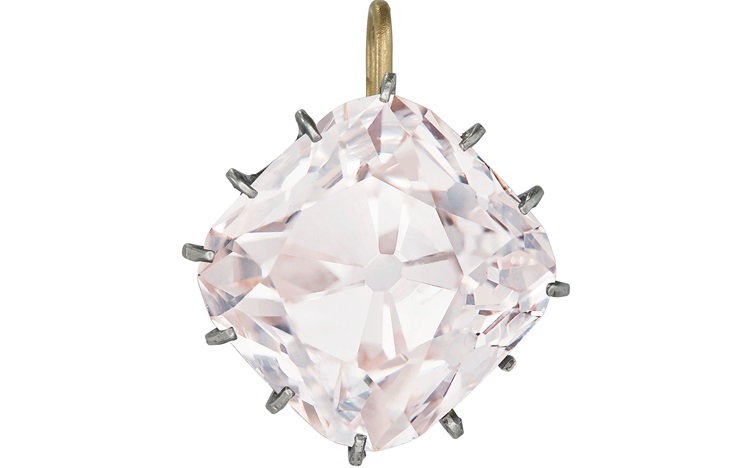
10. The Mazarin Diamonds
Several other diamonds from the French Crown Jewels were lost during the 1792 heist amidst the French Revolution. Among these are the Mazarin diamonds, which were a collection of 18 gems bequeathed to Louis XIV by Cardinal Mazarin. Despite efforts to recover these treasures, many remain missing to this day. The Mazarin diamonds were notable for their exceptional quality and size, making their loss particularly significant.
The fate of the missing French Crown Jewels is shrouded in mystery, with numerous theories and legends surrounding their disappearance. Some believe they were smuggled out of France and sold on the black market, while others speculate they were hidden by those loyal to the monarchy. The continued absence of these historical gems keeps their story alive, captivating historians and treasure hunters alike.
The stories of these lost diamonds are filled with intrigue, mystery, and often tragedy. They have been stolen, misplaced, or recut, and while some may have found new lives under different names, others remain elusive, hidden away or lost to time. Their tales continue to captivate, serving as reminders of the enduring allure and peril that accompany these precious stones.







